
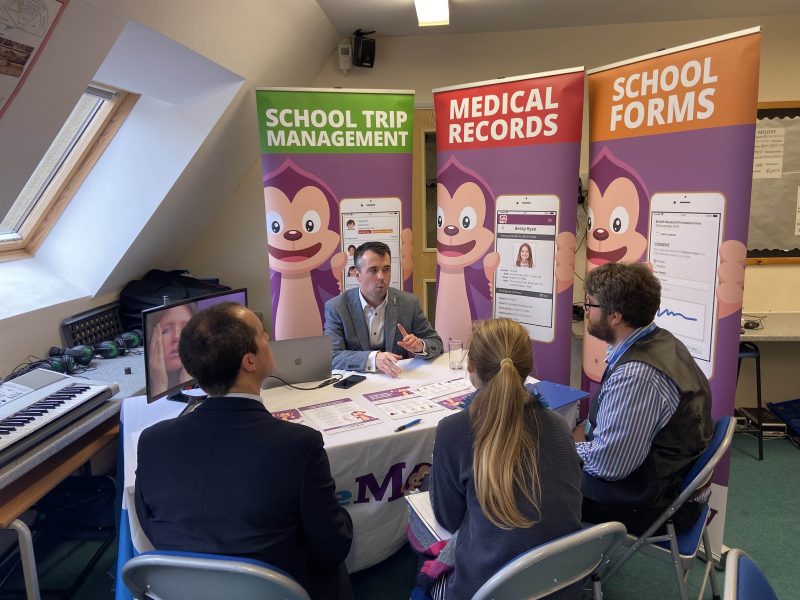

Our team sorts through all blog submissions to place them in the categories they fit the most - meaning it's never been simpler to gain advice and new knowledge for topics most important for you. This is why we have created this straight-forward guide to help you navigate our system.
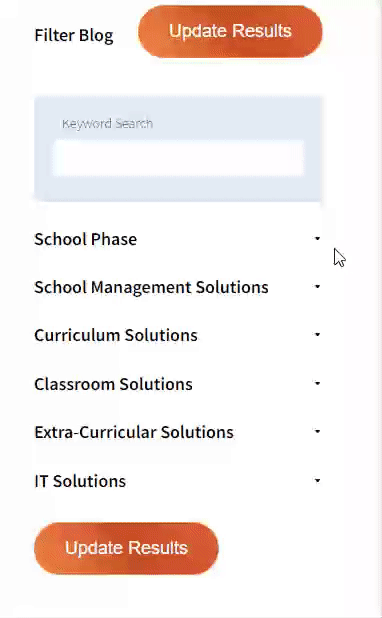

And there you have it! Now your collection of blogs are catered to your chosen topics and are ready for you to explore. Plus, if you frequently return to the same categories you can bookmark your current URL and we will save your choices on return. Happy Reading!
In an ideal classroom that enhances critical thinking and problem solving, students have personal ownership in the teaching and learning, must discern best tools and strategies to employ in order to solve problems, regularly engage in higher order thinking, are asked to justify their decisions and practices, and take part in self-evaluation and reflection.

I have frequently written about the Teaching Innovation Progression (TIP) Chart and use it regularly with the educators I coach. In an ideal classroom that enhances critical thinking and problem solving, students have personal ownership in the teaching and learning, must discern best tools and strategies to employ in order to solve problems, regularly engage in higher order thinking, are asked to justify their decisions and practices, and take part in self-evaluation and reflection. Teachers in these classrooms help students determine individual baselines and benchmarks, incorporate scaffolding to help guide students toward success, encourage student agency, and are free to assist students and monitor their interactions. While the focus is always on the teaching and learning in student-driven classrooms, tools are important resources to help support that instruction. Integrating technology increases the opportunities for critical thinking and problem solving. Making sure to incorporate real-world application makes the learning relevant to students’ lives now, and allowing them to generate the rubrics to guide their processes makes the experiences deeper and long-lasting.
I’m sure we can all agree on the importance of increasing critical thinking and problem solving skills. There are multiple ways to foster these in any classroom. Here are a few:
A final important piece to remember is to give students intentional time to reflect on their roles as critical thinkers and problem solvers. Through this reflection, they can identify goals for future growth and set personal next steps toward achieving those goals.

The author

Read more

Read more

Read more
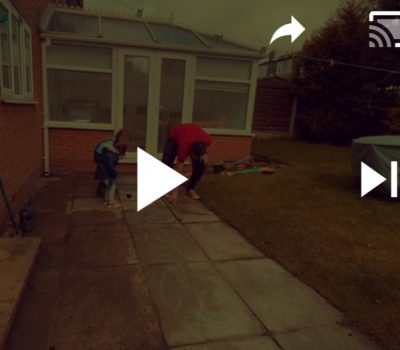
Read more
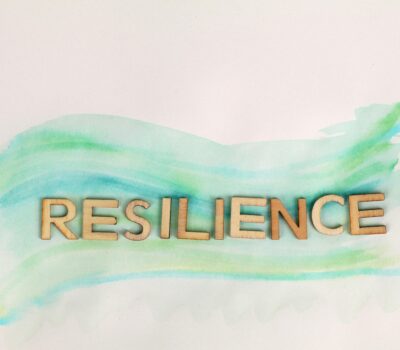
Read more

Read more

Read more
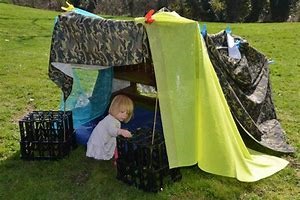
Read more


Are you looking for solutions? Let us help fund them! Nexus Education is a community of over 11,000 schools that come together to share best practise, ideas and CPD via online channels and free to attend events. Nexus also offers funding to all school groups in the UK via nexus-education.com


Established in 2011, One Education is a company at the heart of the education world, supporting over 600 schools and academies. Our unique appeal as a provider is in the breadth and synergy of the services we offer, supporting school leaders, teachers and support staff to achieve the best possible outcomes for their pupils and staff.

School Space is a social enterprise that has empowered schools for over 12 years through their profitable and hassle-free lettings services. So far, they’ve generated over £5 million in revenue for education, helping to connect over 200 schools with their local communities.


Unify is an online sales and marketing tool that allows users to create tailored personalised documents in moments.


There’s nothing special about the energy we sell. In fact, it’s exactly the same energy as all our competitors provide. But there is something special about the way we do it. Where others complicate the process, we simplify it. Where others confuse customers with hidden terms, we’re an open book. And where others do all they can to make as much money from their customers as possible, we do all we can to make as little. Everything we do, we do it differently. Our customers are a privilege. One we’ll never take advantage of.


Securus provide market-leading monitoring solutions to safeguard students on ALL devices both online and offline. We also offer a full monitoring service, where we carry out the monitoring on behalf of the school, freeing up valuable staff resources. From the smallest school to large MAT groups, Securus offers safeguarding protection for all!


Bodet Time offers dedicated solutions to education through lockdown alerts, class change systems, PA and synchronised clock systems. Improving time efficiency of the working and school day; ensuring safety through lockdown alerts; increasing communication with customised broadcast alerts.


Robotical makes Marty the Robot - a walking, dancing coding robot that makes programming fun and engaging for learners as young as 5. Our robots come with a full Learning Platform that has complete teaching resources, to make lesson planning a breeze.